The musical compositions of Richard Burdick
 Follow on Twitter
Follow on Twitter
Opus 91
Night Hawk
for Trumpet and Organ (time)
1995
Contact us for a free study score
You can find the trumpet part on IMSLP
Buy the sheet music from MusicaNeo
Buy the sheet music directly from Richard.
Pay by paypal and get a pdf sent by e-mail
![]()
Written for Rizetto and Rosas summer 1995
Premiered December 29, 1995 on Trinity Chamber Concerts, Berkeley, CA
Written for the Duo Rizzetto and Rozas, this work is titled because of the second movement.
Originally I had planned to use a tape loop delay set-up with a localized microphone just for the trumpet. Because of the ease of using the two instruments without electronics, I chose not to use the tape. Instead what I have done is plotted out the solo trumpet part plus three echoes and given the solo player all attacks generated by the four part fugue. I used grace notes when ever two notes would have happen at once, dynamic contrasts help define the echoes but this version makes the trumpet part much more virtuosic. The phrasing is an arbitrary set of phrases from one to five bars long and sometimes backwards. A melody was used but is not arrived at until the last. One note of the melody appears and with each repetition one more note is added. Two modes are used, one in the 9/8 and one in the 10/8 time signatures. The contrast between the two different meters in the same amount of time is a main emphasis of the piece.
Originally I wanted to write four movements, but I am happy with the three. The first movement in minuet trio form was written at the Bear Valley festival in August 1995. It uses the melody of the 2nd movement. I was striving for three contrasting repetitions of a continuation of the trumpet note in the organ, which I never really accomplished.
The first version of the last movement, originally planned to be the first, was too monotonous for my taste, in that we traveled through four modulations of the same material in the organ with an almost improvisatory trumpet part on top. The rhythmic material in the organ is again the same melody form from the second movement put in a pattern where the harmony increases and then put into forward or retrograde motion based on the pattern used for phrasing of the second movement. The scale then is stated in the organ pedals and is of primary importance to me in the movement. The final version of the third movement is just cut in half. Within the four modulations we hear the first part of the first and third keys and the second half of the second and fourth modulations.
Share This on Twitter Share This Link on Facebook
![]()
This work is registered with ASCAP
the ASCAP work ID is: 440233730
Contact us for more information.


Nighthawk premiere program cover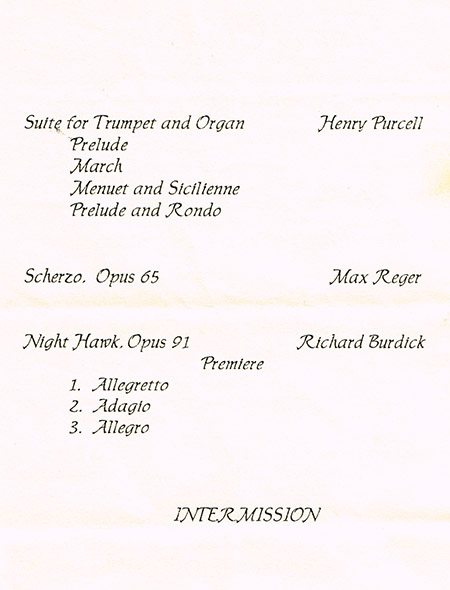 Nighthawk premiere program page one
Nighthawk premiere program page one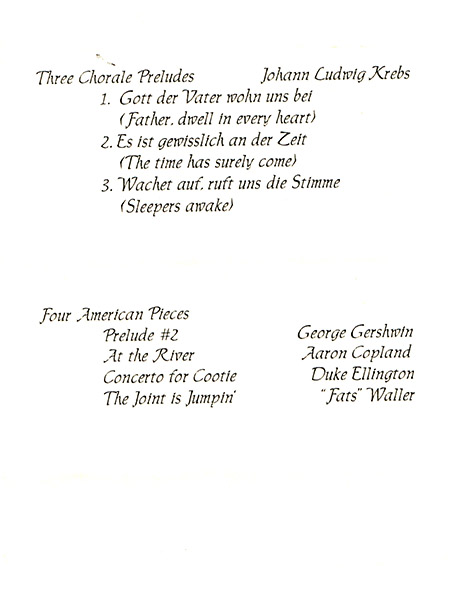 Nighthawk premiere program page two
Nighthawk premiere program page two
 Nighthawk premiere program page three
Nighthawk premiere program page three
Search I Ching Music:
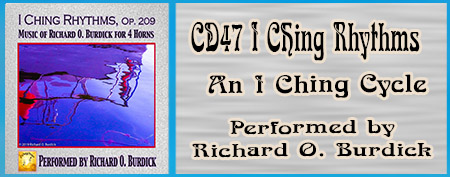 CD46
CD46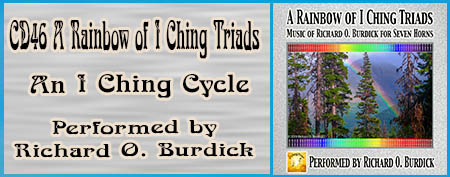 CD45
CD45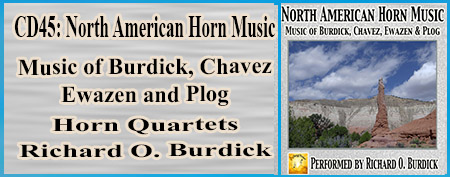 CD44
CD44 CD43
CD43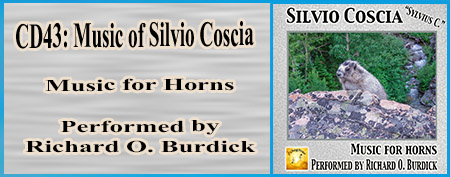 CD42
CD42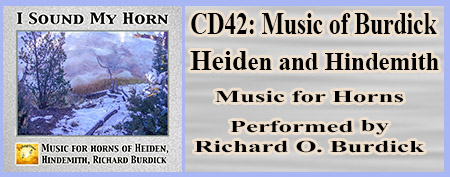 CD41
CD41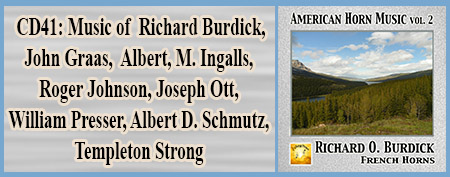 CD40
CD40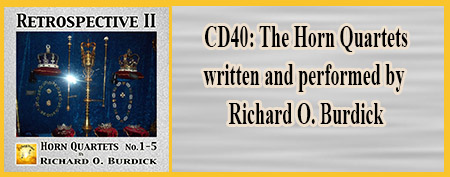 CD39
CD39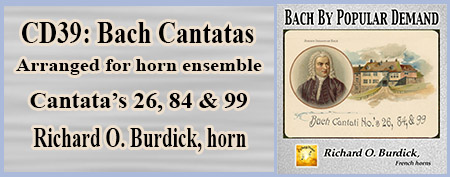 CD38
CD38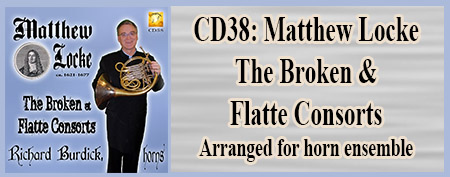 CD37
CD37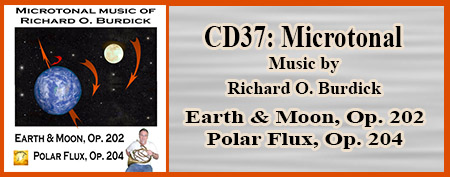 CD36
CD36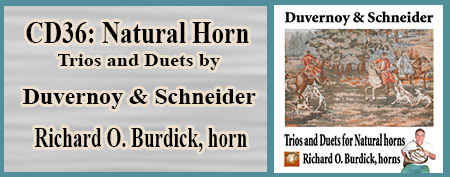 CD35
CD35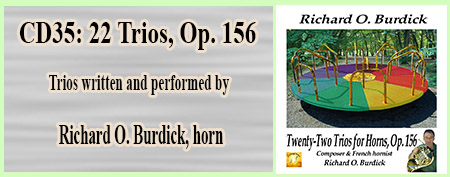 CD34
CD34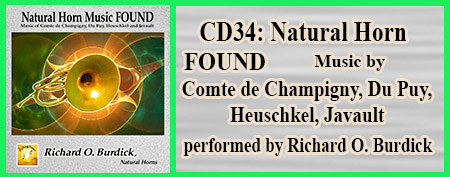 CD33
CD33 CD32
CD32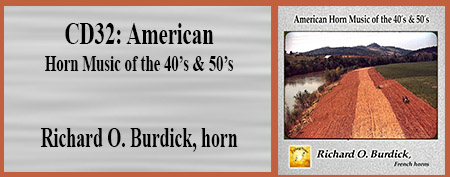 CD31
CD31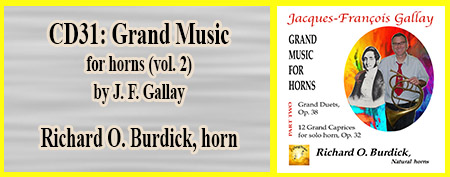 CD30
CD30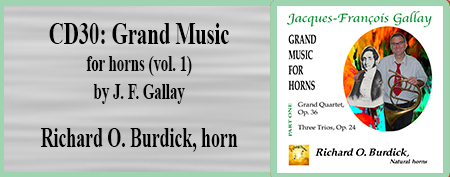 CD29
CD29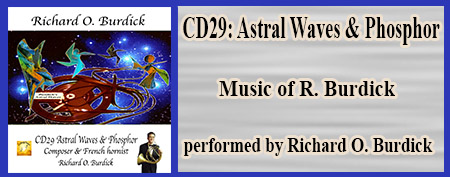 CD28
CD28 CD27
CD27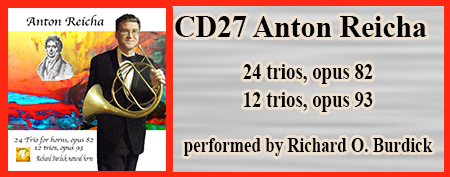 CD26
CD26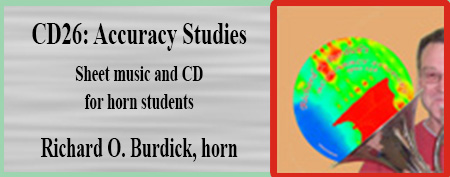 CD25a
CD25a CD25
CD25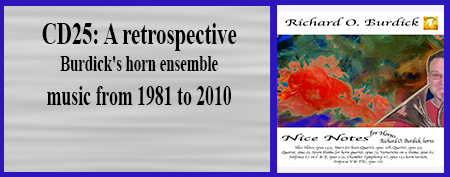 CD24
CD24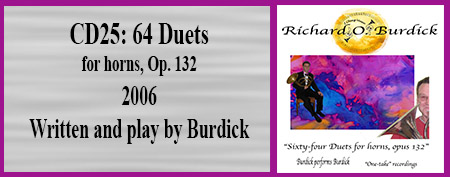 CD23
CD23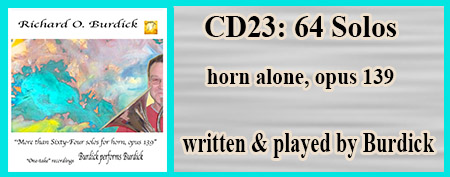 CD22
CD22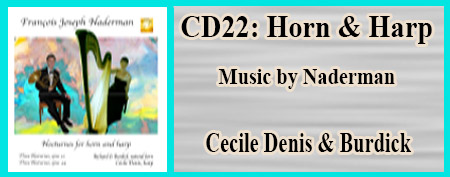 CD21
CD21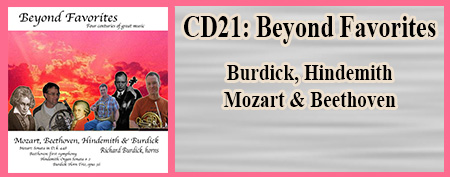 CD20
CD20 CD19a
CD19a 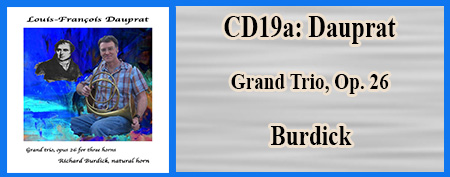 CD19
CD19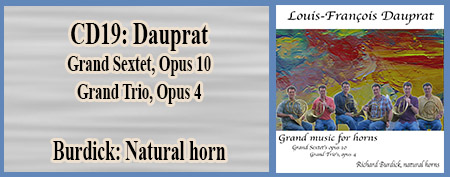 CD18
CD18 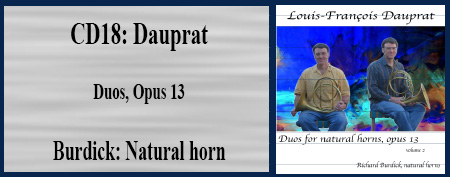 CD17a
CD17a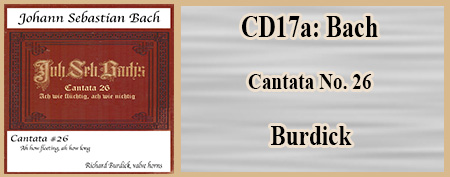 CD17
CD17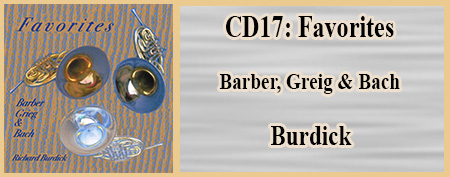 CD16
CD16 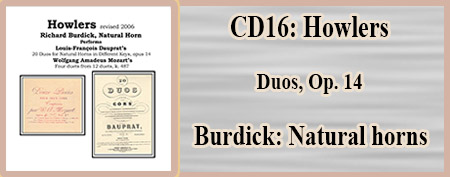 CD15
CD15 CD14
CD14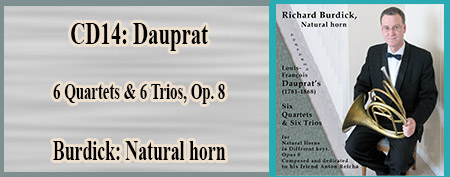 CD12
CD12 CD9
CD9 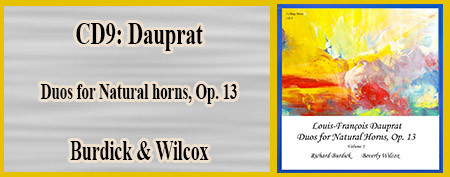 CD8
CD8  CD7
CD7 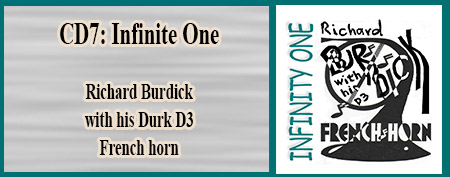 CD6
CD6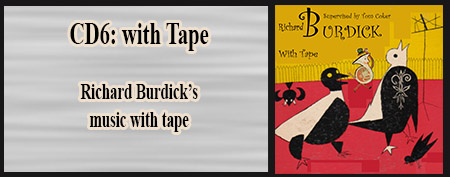 CD5
CD5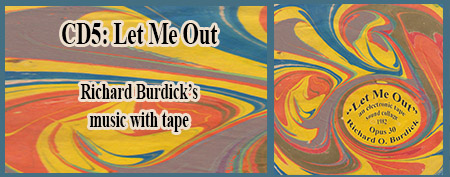 CD2
CD2  CD1
CD1 

